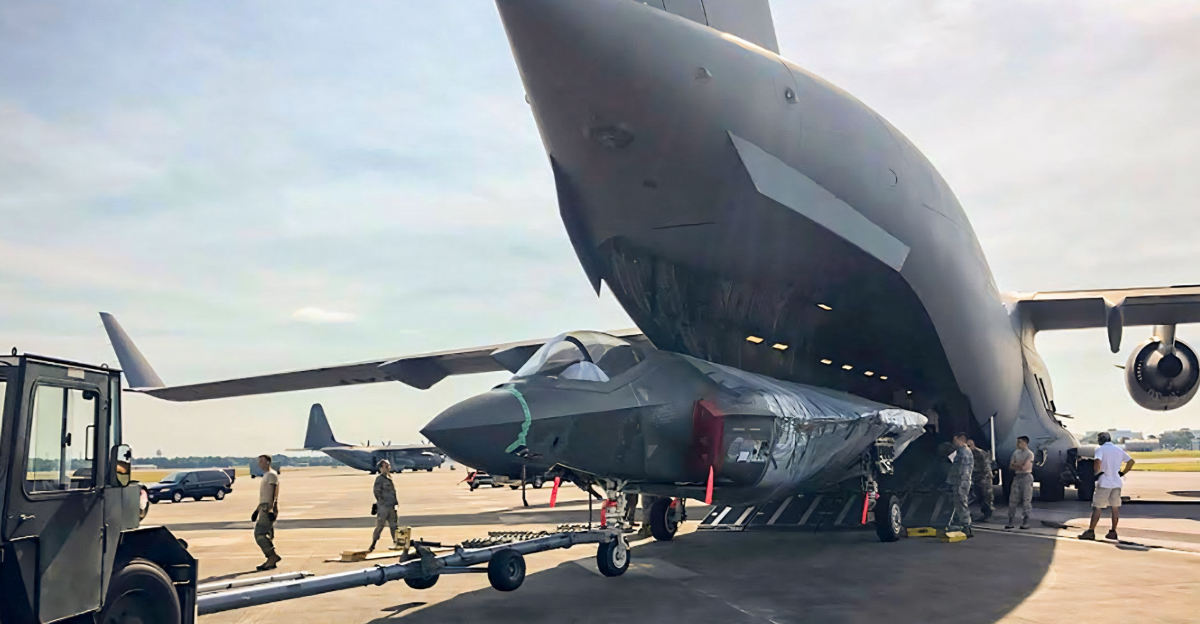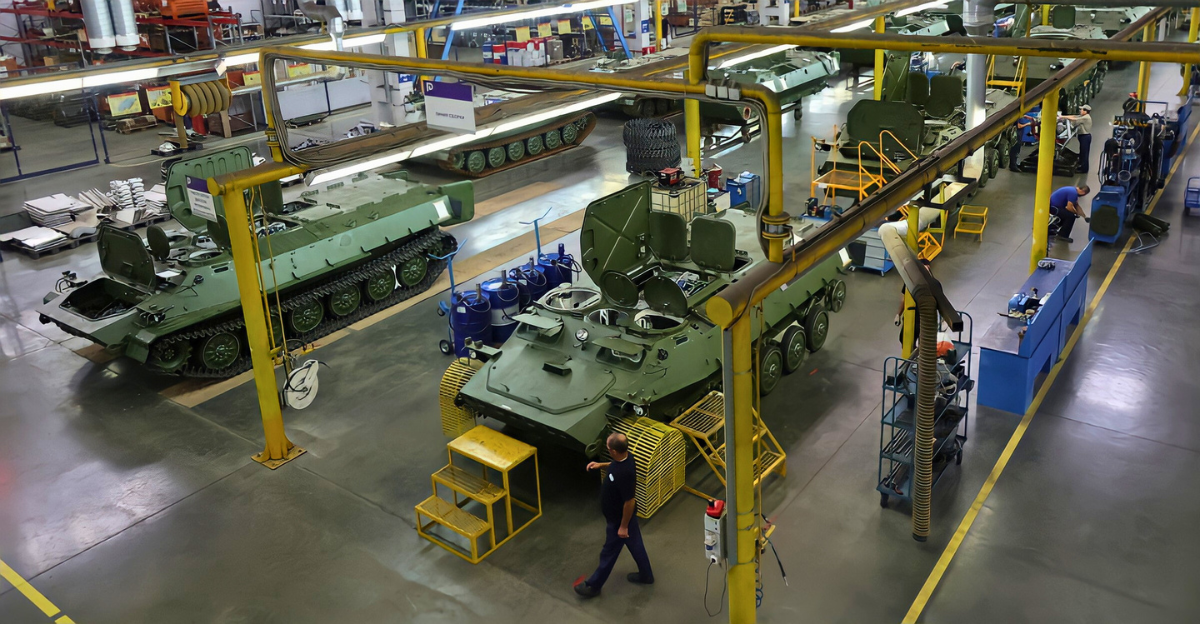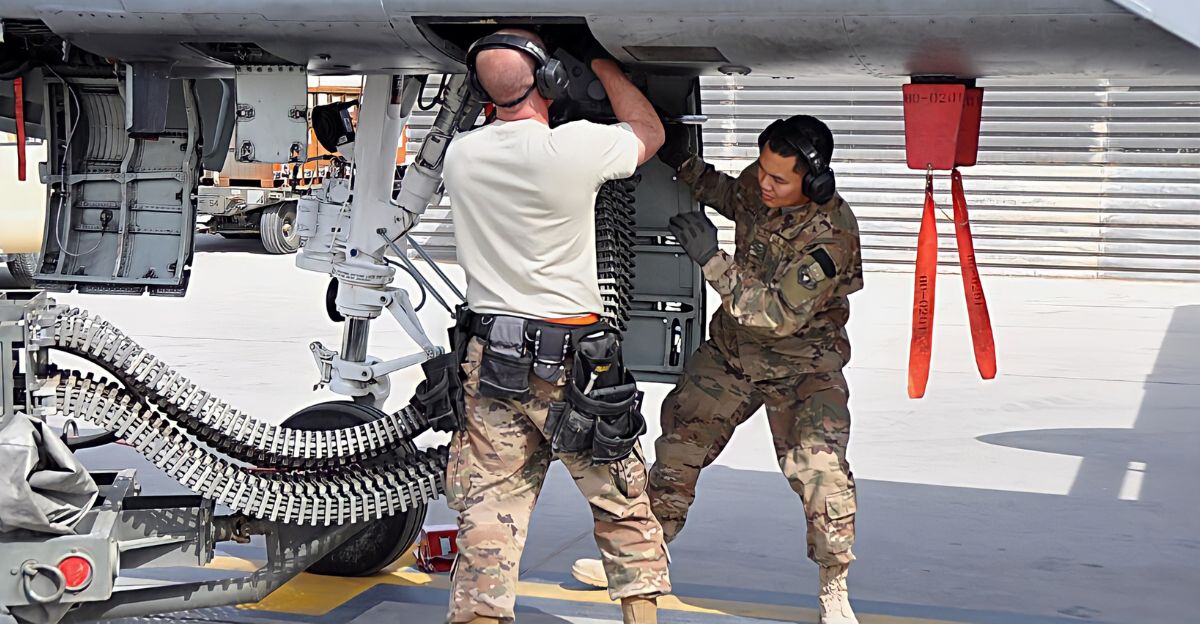
In the history of the U.S. Air Force, the A-10 Warthog, officially known as the Fairchild Republic A-10 Thunderbolt II, is the only aircraft explicitly built for close air support (CAS). It has become a battlefield icon due to its renowned survivability, titanium-armored cockpit, and potent GAU-8 Avenger cannon.
The upgrade challenges the notion that the “Warthog” era is over and reaffirms the exceptional value of specialized CAS in contemporary and future warfare. It is not just a technical upgrade; it is a strategic pivot. The A-10’s upgrade reflects a renewed appreciation for tough, dependable platforms that can function in contested environments where drones and stealth jets may encounter limitations in an era dominated by stealth fighters and unmanned systems.
Battlefield DNA and Origins
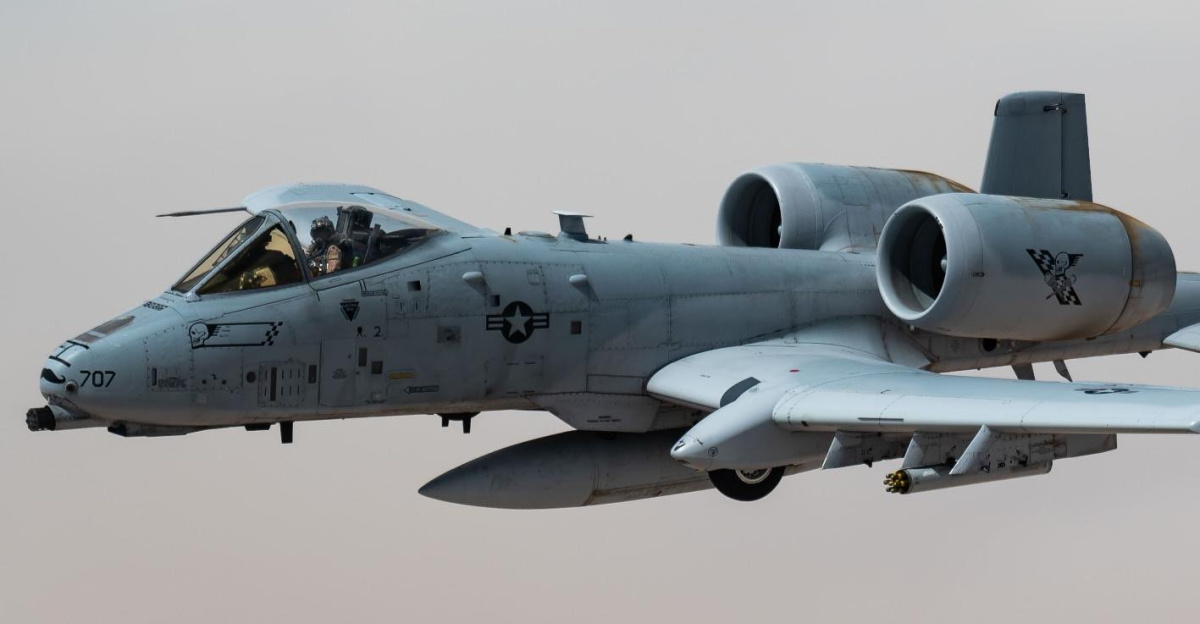
The A-10 was designed with the sole goal of destroying enemy armor and shielding ground forces from fire. It was inspired by the harsh lessons learned from Vietnam and Cold War tank warfare. Its large cannon, high survivability, and straight wings were intended to flourish in low, slow, and hazardous airspace, in contrast to multi-role fighters.
Because of its emphasis on redundancy and simplicity in its design, the aircraft was able to withstand damage that would have brought down other fighters and still make it home. Soldiers on the ground benefited psychologically from this robustness, frequently reporting feeling more confident knowing the Warthog was above them.
Development Through Improvements
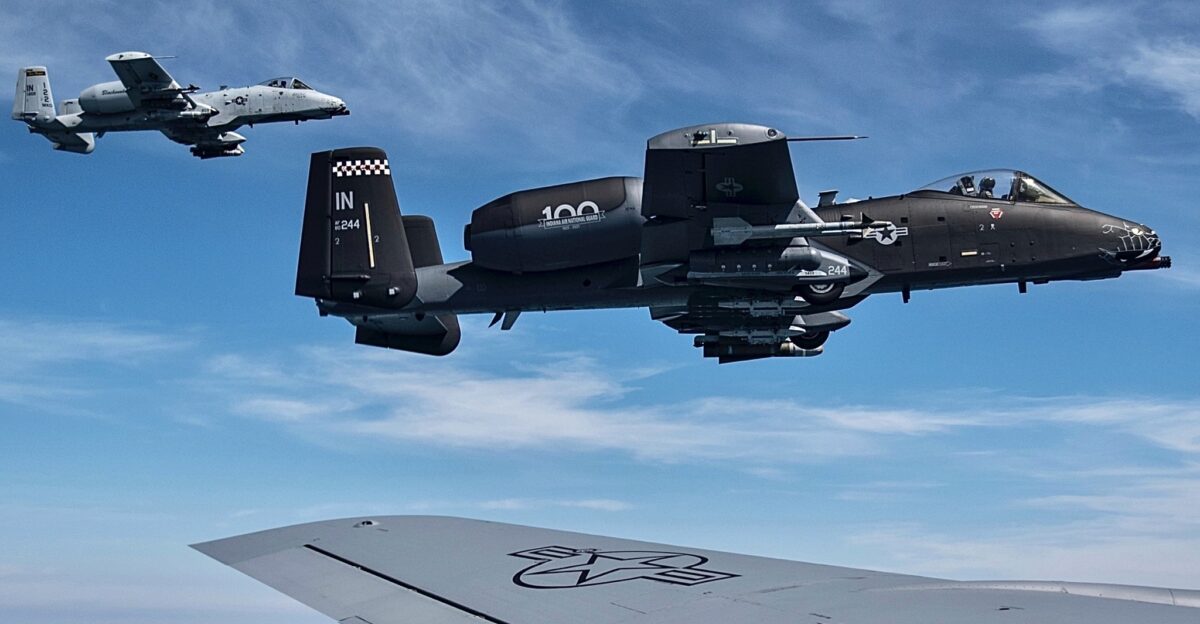
Through targeted upgrades, the A-10 has consistently avoided obsolescence. The fleet was converted to the A-10C during the Precision Engagement program (2005–2011), which also added digital avionics, smart bomb integration, advanced electronic countermeasures, and all-weather capability. Initiatives to replace the wings have increased the airframe’s lifespan by 10,000 flight hours, guaranteeing continued operation into the late 2030s.
The Air Force was also able to avoid the expensive and politically sensitive process of replacing the A-10 with newer, less proven platforms by adopting an incremental modernization approach. Additionally, by improving targeting pods and cockpit displays, the upgrades have improved pilot situational awareness, allowing the Warthog to engage targets with previously unheard-of precision.
The Warthog’s Contrarian Argument
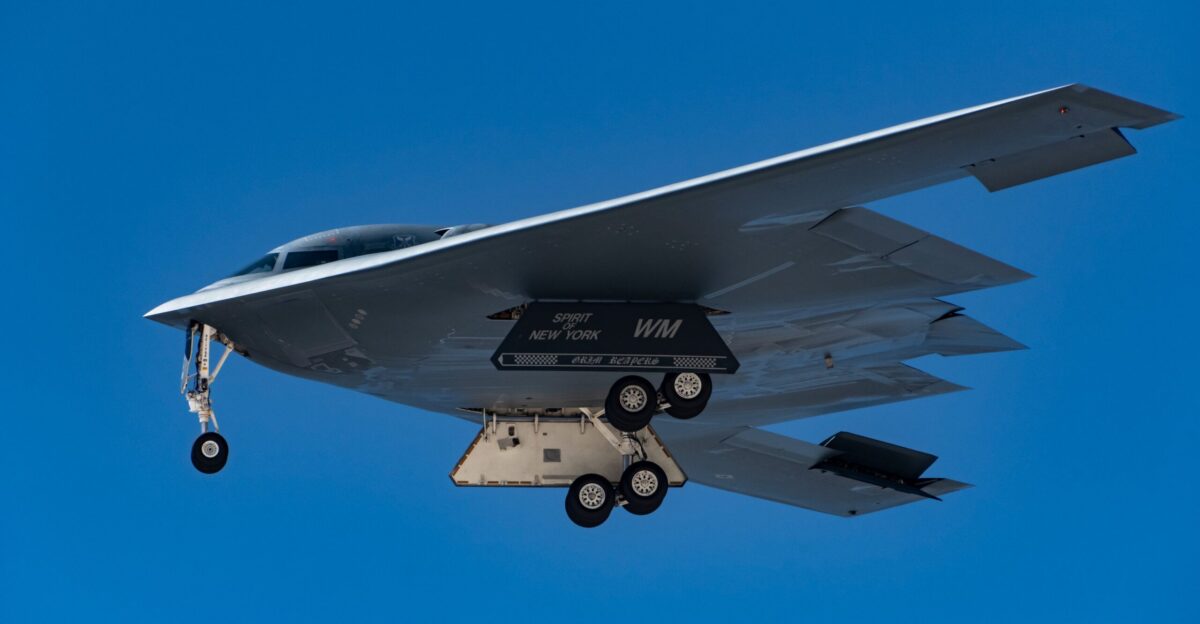
Stealth jets and drones, according to conventional wisdom, have made the A-10 obsolete. Combat in the real world, however, consistently demonstrates this. The Warthog is unparalleled in its capacity to loiter for hours, take punishment, and deliver accurate firepower in challenging, contested environments. There is a significant psychological impact on both friendly and adversary forces.
The Warthog can function well in situations where stealth aircraft might find it challenging to locate and engage elusive, dispersed targets due to its slow speed and sturdy construction. Furthermore, current AI and drone systems are unable to fully replicate the flexibility and judgment that the human-in-the-loop targeting system offers. By highlighting how mission-specific platforms, like the A-10, fill a gap that no other aircraft can currently fill, this contrarian viewpoint challenges the tech-centric narrative that newer is always better.
Distinctive Qualities and Outstanding Survivability
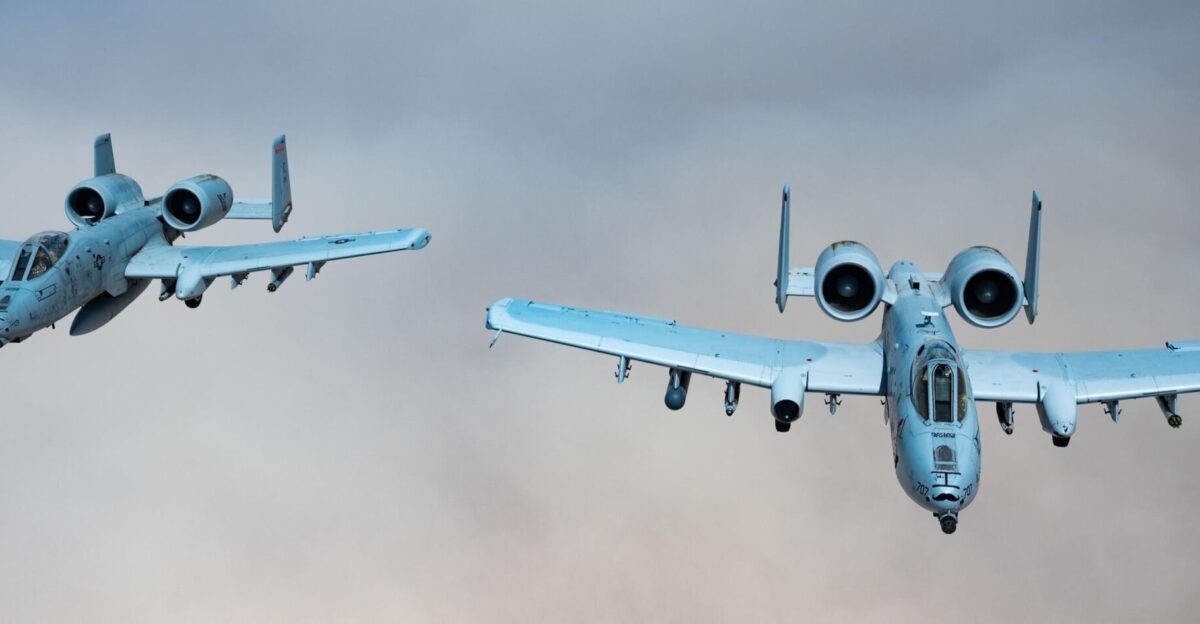
The A-10’s design is a survivability masterpiece. It can withstand direct hits from armor-piercing rounds and return to base thanks to its titanium “bathtub” cockpit, redundant flight controls, and self-sealing fuel tanks. Tanks can be destroyed in seconds by the GAU-8 Avenger cannon, which can fire 3,900 rounds per minute. Its ability to operate from austere airstrips gives it strategic flexibility, and its straightforward design allows for quick field repairs.
Because its twin engines are widely separated, it is less vulnerable and can still fly even if one is damaged. Because of the landing gear’s rugged design, operations can be conducted from forward bases near combat zones, which speeds up turnaround times. This ability to survive has preserved innumerable pilots and missions, further solidifying the Warthog’s reputation as being almost unbreakable.
Effectiveness of Combat
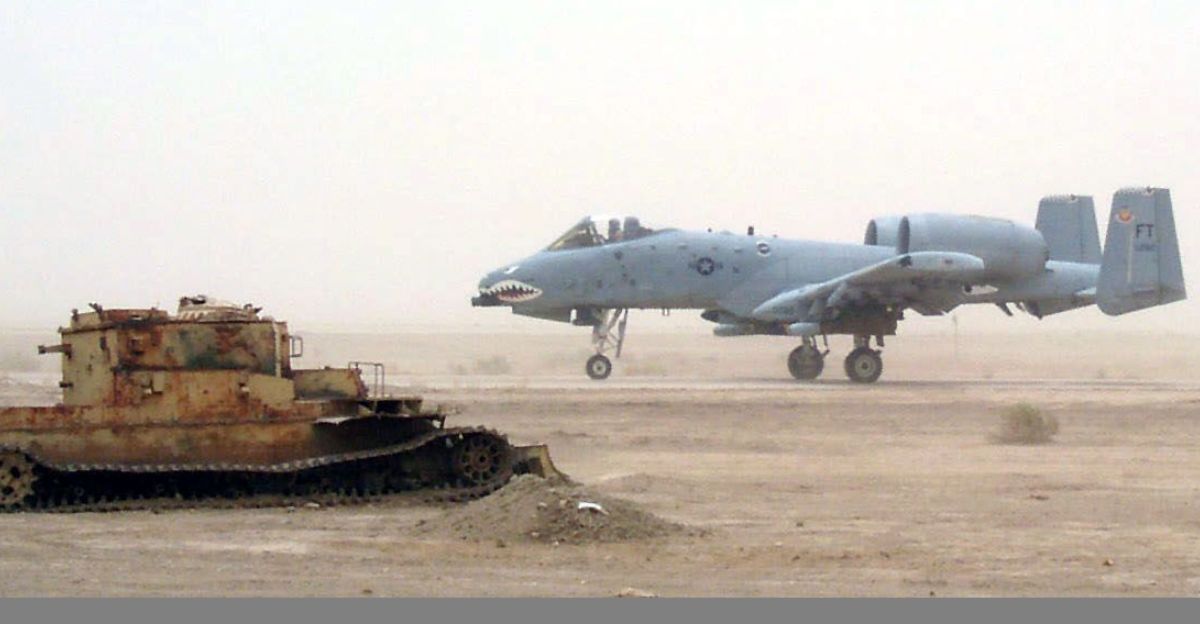
There are numerous instances of the A-10’s pivotal influence throughout combat history. A-10s flew more than 8,000 sorties with little loss during the Gulf War, destroying more than 900 tanks, 1,300 vehicles, and 1,000 pieces of artillery. A-10 pilots in Afghanistan executed danger-close attacks with unparalleled precision, risking their lives time and time again to save ground troops under fire. These actual outcomes cast doubt on the idea that more recent platforms can match the Warthog’s potency in the confusion of ground combat.
For instance, A-10s proved their worth in mountainous terrain where other aircraft found it difficult to operate during Operation Anaconda in Afghanistan, where they delivered vital support despite fierce enemy fire. The Warthog’s presence frequently gives an advantage psychologically by forcing enemy forces to retreat or disperse.
Digital Transformation: The Next Improvement
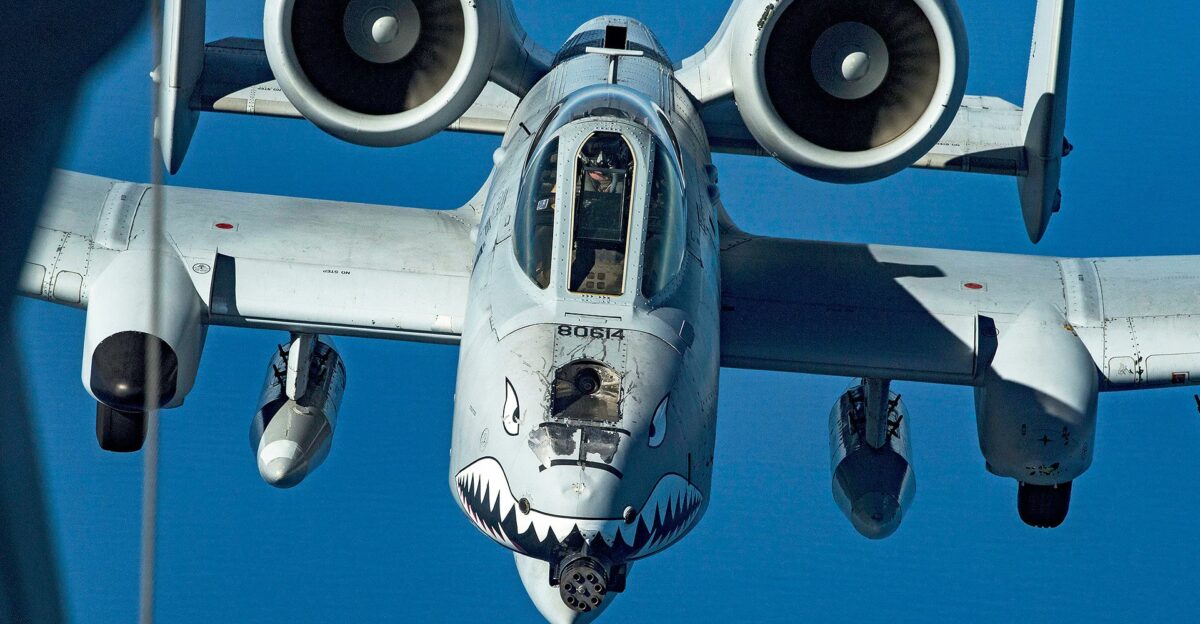
The impending update is a digital revolution rather than just a hardware update. The A-10 will be able to function flawlessly in cooperative and networked operations thanks to new multifunctional displays, sophisticated sensors, secure data links, and enhanced communications. Real-time targeting, quicker coordination with ground forces, and integration with unmanned systems will all be made possible by these improvements.
As the U.S. military moves toward network-centric warfare, where information dominance is just as important as firepower, this modernization puts the A-10 in line with that goal. Pilots will be able to instantly share targeting information with other aircraft, ground units, and command centers thanks to improved situational awareness, which will speed up response times and improve mission efficacy.
Effects of the Second and Third Orders

The effects of revitalizing the A-10 will extend well beyond the plane. By emphasizing the benefits of incremental innovation over expensive replacements, it will compel a reassessment of the “disposable” mentality toward legacy platforms. By using the A-10 as a command center for drone swarms in contested airspace, the upgrade might lead to new frameworks for integrating manned and unmanned assets. It sends a psychological message to both allies and enemies that the United States prioritizes tried-and-true solutions over unproven technological promises.
New doctrines for close air support that combine human judgment with autonomous systems may be sparked by the A-10 upgrade, improving battlefield adaptability. Essential skills and infrastructure associated with the A-10 platform are preserved as a result of the spillover effects into the industrial and training sectors.
Taking on the Future: Atypical Mashups

Consider using the A-10 as a test-bed for autonomous wing-men, AI-assisted targeting, or even as an airborne command center for robotic systems on the ground. It is the perfect platform for experimental payloads, such as directed-energy weapons or electronic warfare pods, due to its robust air-frame and modular design.
By imagining a future in which the Warthog is not merely a gunship but rather a networked hub coordinating intricate operations, this concept pushes the limits of conventional military thinking. Because of its resilience and durability, the platform is ideal for testing advanced technologies in combat environments. The development of manned-unmanned teaming, a crucial area of focus for upcoming conflicts, may be accelerated by such integration.
Conclusion
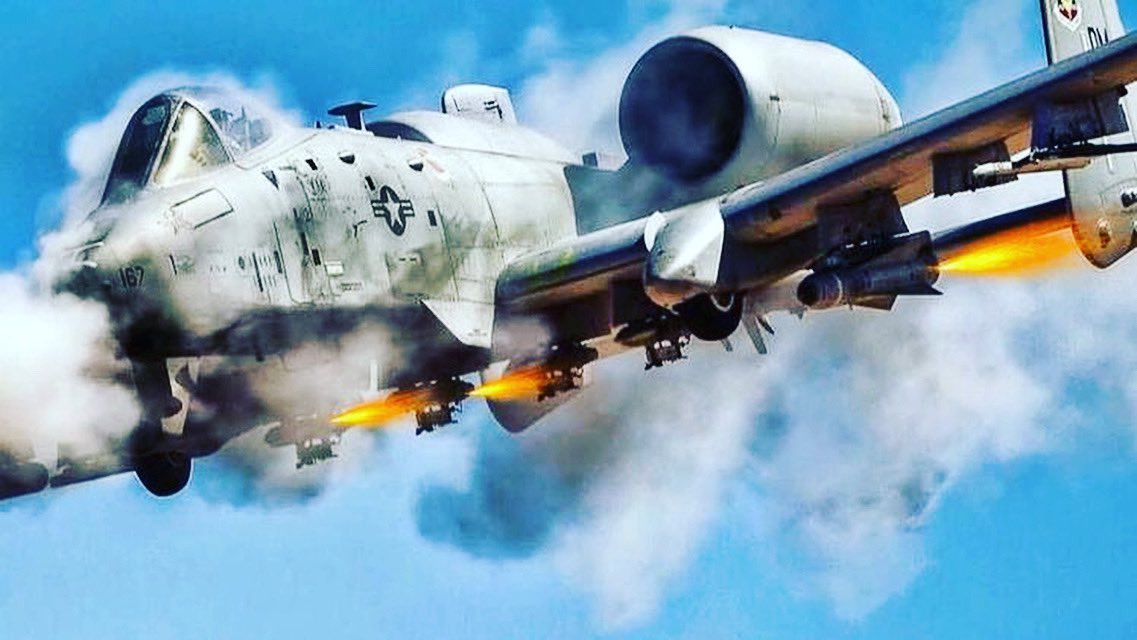
The most significant update to the A-10 Warthog in more than ten years is a strategic statement as well as a technical first. The Warthog’s ongoing relevance serves as a reminder that war is fought on the ground, where toughness, accuracy, and human-machine synergy are crucial in an era that is fixated on speed and stealth. By upgrading the A-10, we are utilizing our hard-earned knowledge to influence the future rather than clinging to the past.
A larger change in military strategy that prioritizes adaptability and resilience over gaudy new technologies that may not yet be proven in combat is also reflected in this upgrade. The future of the A-10 will probably have an impact on how other legacy systems are handled, weighing operational necessity, capability, and cost.

